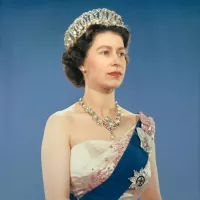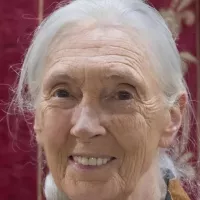Tanzania, officially the United Republic of Tanzania, is an East African nation bordering several countries including Uganda, Kenya, and Mozambique. It's situated within the African Great Lakes region and has a coastline along the Indian Ocean. As of 2024 estimates, Tanzania's population is approximately 67.5 million, making it the most populous country entirely south of the equator.
Mentioned in this timeline

Elizabeth II reigned as Queen of the United Kingdom and...

Jane Goodall is a renowned English primatologist zoologist and anthropologist...
Saudi Arabia officially the Kingdom of Saudi Arabia KSA is...
India officially the Republic of India is a South Asian...
Africa is the second-largest and second-most populous continent comprising of...
China officially the People's Republic of China PRC is an...
Trending

6 days ago John Cena discusses China apology and Taiwan comments on Joe Rogan's podcast.

10 days ago Jamie Lee Curtis shares My Girl memories and appreciates young actors' impact throughout the years.

6 months ago Kate Winslet Discusses Career on 60 Minutes; Pompeo Cut from Film

23 days ago Ángela Torres to open Shakira's three shows at Vélez, an exciting opportunity.
6 months ago Tessa Thompson: A Look at Her Career and Accomplishments

Haason Reddick is an American football linebacker for the New York Jets He was drafted by the Arizona Cardinals in...
Popular

Candace Owens is an American conservative political commentator and author...

Ilhan Omar is an American politician currently serving as the...

XXXTentacion born Jahseh Dwayne Ricardo Onfroy was a controversial yet...
Matt and Ross Duffer known as the Duffer Brothers are...

Tom Cotton is an American politician and Army veteran currently...
The Kennedy Center Honors are annual awards recognizing individuals and...